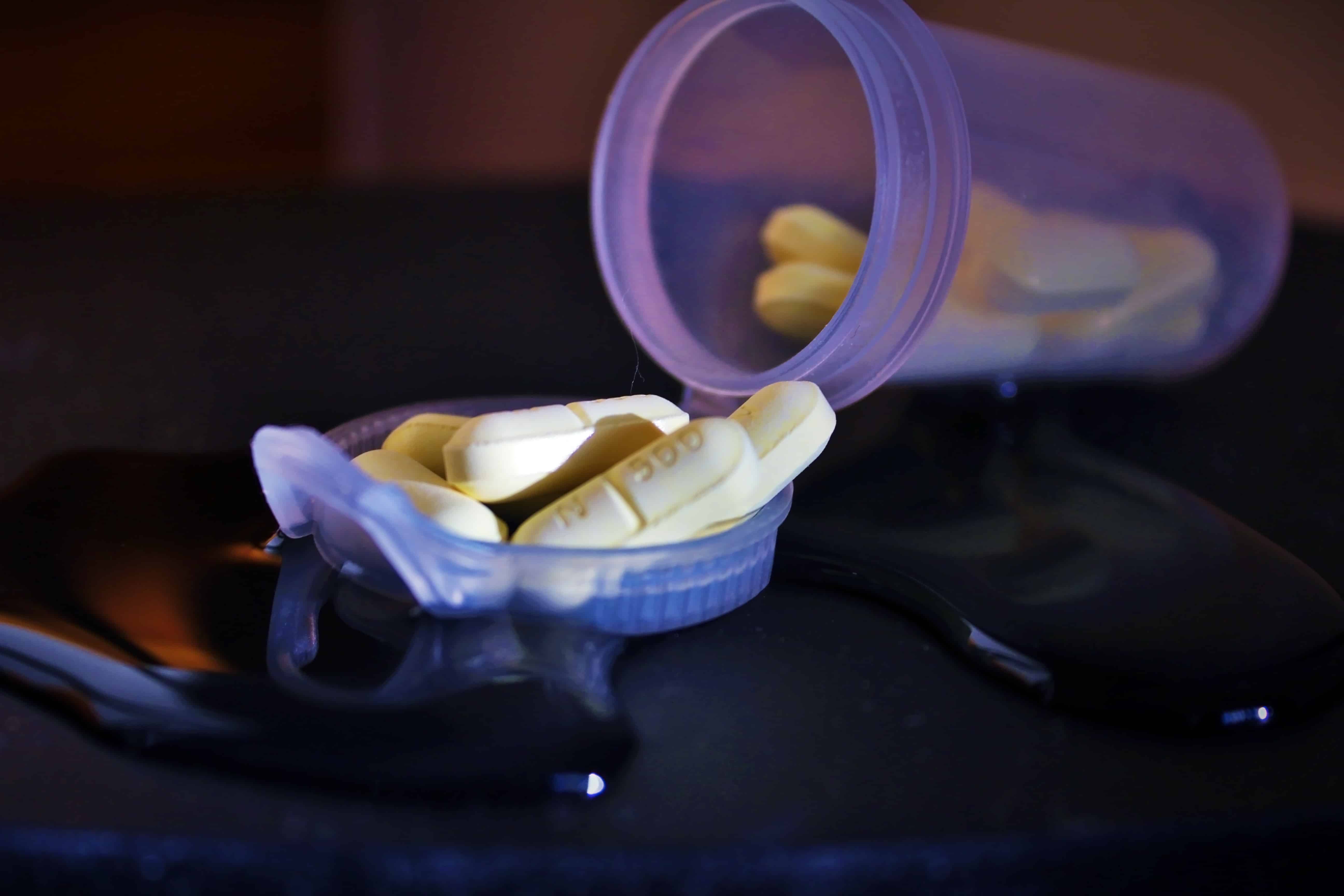Imagine life-saving therapeutics for diseases that were previously deemed incurable. Imagine these products being available only in well-funded hospitals and research centres in limited geographic areas.
This is the unfortunate reality in many cases and is largely the effect of rigorous supply chain requirements for transporting therapeutic compounds. Without the large-scale refrigerators necessary for transporting frozen medicines and vaccines, these life-saving therapeutics are difficult to deliver to those in need.
To tackle this issue, researchers from the University of Toronto Leslie Dan Faculty of Pharmacy, the Wyss Institute for Biologically Inspired Engineering at Harvard University, and the Massachusetts Institute of Technology have devised a method to deliver therapeutics in a freeze-dried form.
Simply by adding water to pre-synthesized powders, these compounds can be produced on-demand in an efficient, precise, and scalable manner. With this process, biomolecular manufacturing may take place with a chemical reaction that can be performed at room temperature.
Surprisingly, this molecular reaction does not require cells or any living form. This not only removes the costs of maintaining bacterial or cell cultures in remote environments, but it also eliminates any regulatory hurdles involving biosafety, disease transmission, or specialized handling.
Antimicrobial peptides (AMP) are proteins that the cell uses to defend itself from infection. AMPs are a tool often useful for therapy. These compounds could be effectively synthesized in a freeze-dried, cell-free manner, retaining their ability to combat bacterial growth.
With this technology, vaccines on-demand are made possible. This newfound portability lights a path for disease prevention, a critical step in the war against devastations like the 2014 Ebola outbreak. Further research could extend this innovation to the synthesis of more complicated molecules and proteins, including DNA or RNA for gene therapy.
From cost to scalability, this technology offers great advantages in therapeutics delivery. A driving force behind this research was the hunt for a low-cost biomolecule production platform. The current method for cell-free biosynthesis falls anywhere between three and 68 cents per microlitre, whereas this technology could cut costs to one-tenth of that original value. This new method would also reduce the waste of vaccines in the developed world by providing on-demand solutions to hospitals and clinics, potentially reducing health care costs.
Freeze-dried cell-free systems hold possibilities in the field of diagnostics. Earlier this year, a team from U of T’s Faculty of Pharmacy, along with researchers at the Wyss Institute of Harvard University, devised a low-cost detection method for the Zika virus using a paper-based sensor. A similar ‘just add water’ approach can be used to activate the molecular machinery that detects minuscule levels of the Zika virus in blood.
The flexibility of this technology offers a tremendous scope of applications and presents a tangible possibility for the distribution of low-cost biomolecular methods.


